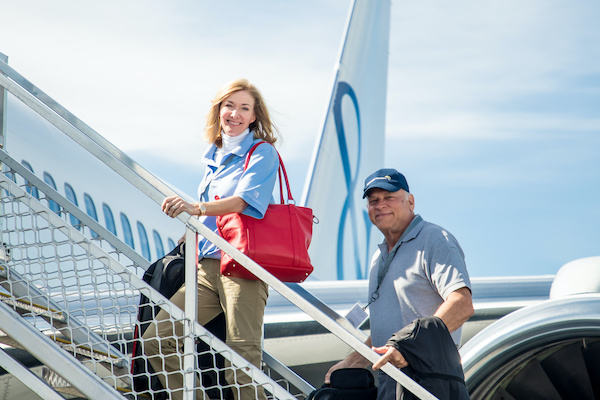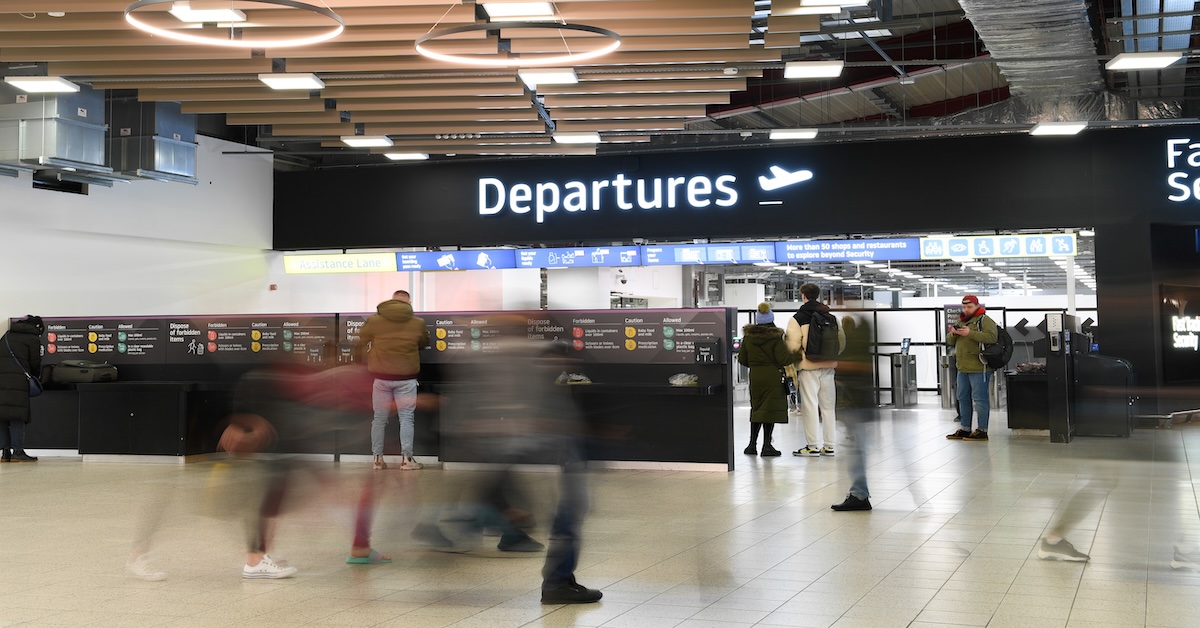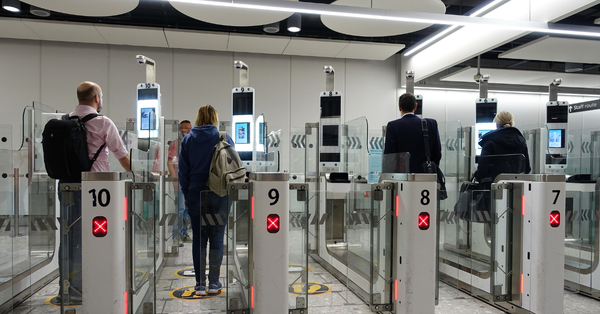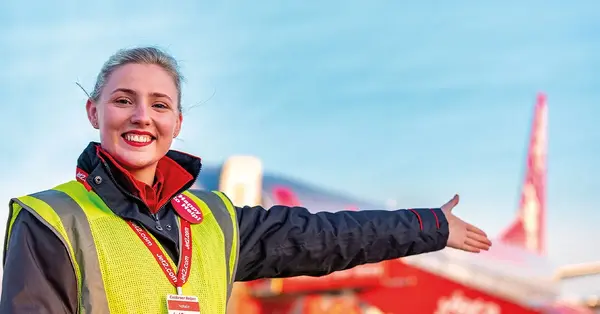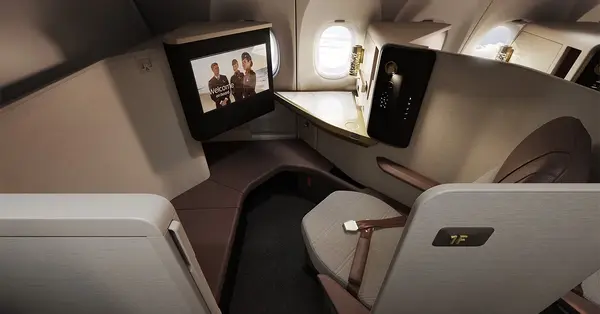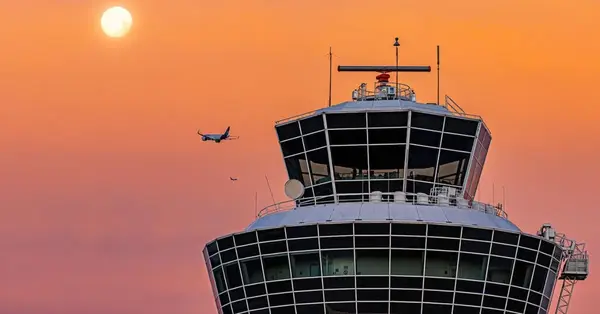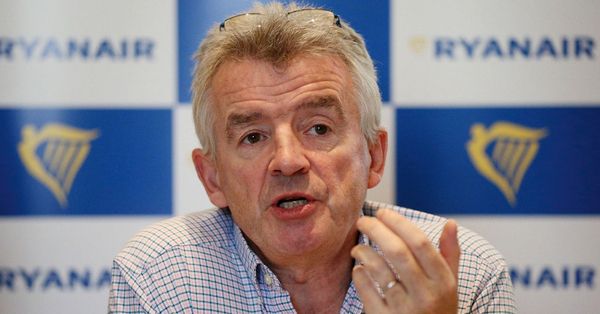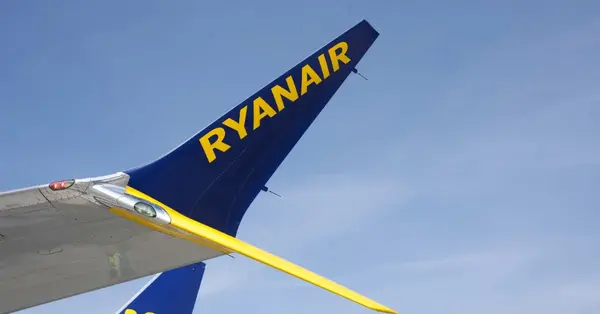Airlines oppose government quarantine restrictions
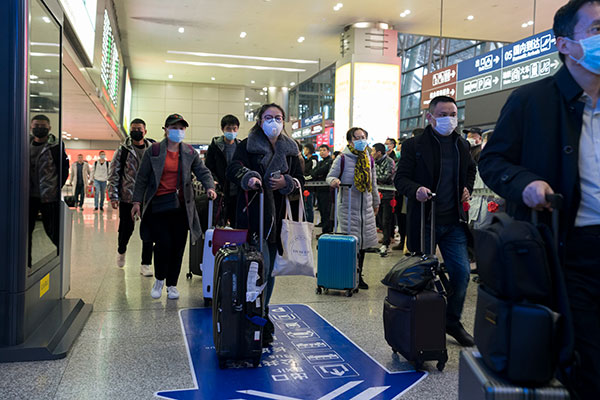
A combination of passenger temperature checks and contact tracing means there is no need for arriving travellers to be placed in quarantine, the airline trade body believes.
The stance places airlines in direct conflict with UK government plans for a 14-day isolation period for most arrivals in the country from the next month.
More: Easa unveils safety rules for post-lockdown flying
Iata said: “Temperature screening reduces the risk of symptomatic passengers from traveling, while health declarations and contact tracing after arrival reduce the risk of imported cases developing into local chains of transmission.”
The comments follow Ryanair chief executive Michael O’Leary branding the UK quarantine restrictions on arrivals as “bonkers” and unfeasible”.
The Iata recommendations came as a vision for the future of post-pandemic flying involving pre-flight data checks, the wearing of face coverings and temperature screening was outlined.
Two areas are seen as possible ‘game-changers’ in supporting efficient travel until a vaccine is found.
- Covid-19 testing – when scalable, accurate and fast results are available. Testing at the start of the travel process would create a ‘sterile’ travel environment that would reassure travellers and governments.
- Immunity passports – to segregate no-risk travellers, at a time when these are backed by medical science and recognised by governments.
However, the organisation reiterated its opposition to social distancing on board aircraft.
Instead, this should take place at the airport with the use of queue management.
Iata suggests “reduced congregation” of passengers in the cabin by prohibiting queues for toilets.
Social distancing on board by leaving the middle seat open is “obviated” by the wearing of face coverings by all on board.
Transmission reducing characteristics of aircraft cabins already exists with everybody front facing, air flow from ceiling to floor, seats giving a barrier to forward/aft transmission, and air filtration systems that operate to hospital operating theatre standards, according to the association.
The guidance appears in a roadmap for re-starting aviation in which Iata proposes a “temporary layered approach” to biosecurity for re-starting passenger flights amid the Covid-19 crisis.
The initiative “aims to provide the confidence that governments will need to enable the re-opening of borders to passenger travel and the confidence that travellers will need to return to flying”.
Iata director general and chief executive Alexandre de Juniac said: “There is no single measure that will reduce risk and enable a safe re-start of flying.
“But layering measures that are globally implemented and mutually recognised by governments can achieve the needed outcome.
“This is the greatest crisis that aviation has ever faced. A layered approach has worked with safety and with security. It’s the way forward for biosecurity as well.”
Iata foresees the need for governments to collect passenger data in advance of travel, including health information, which should be accomplished using well-tested channels such as those used for e-visa or electronic travel authorisation schemes.
Several layers of protective measures would occur at the airport before departure:
- Access to the terminal building should be restricted to airport / airline workers and travellers (with exceptions being made for those accompanying passengers with disabilities or unaccompanied minors)
- Temperature screening by trained government staff at entry points to the terminal building
- Physical distancing through all passenger processes, including queue management
- Use of face coverings for passengers and masks for staff in line with local regulations.
- Self-service options for check-in used by passengers as much as possible to reduce contact points and queues. This includes remote check-in, automated bag drops with home printed bag tags and self-boarding.
- Boarding should be made as efficient as possible with re-designed gate areas, congestion-reducing boarding priorities, and hand luggage limitations.
- Cleaning and sanitisation of high touch areas in line with local regulations. This includes wide availability of hand sanitisers.
On board:
- Face coverings required for all passengers and non-surgical masks for crew
- Simplified cabin service and pre-packaged catering to reduce interaction between passengers and crew
- Enhanced and more frequent deep cleaning of the cabin
At the arrival airport:
- Temperature screening by trained government staff if required by authorities
- Automated procedures for customs and border control including use of mobile applications and biometric technologies, which have already proven tack record by some governments
- Accelerated processing and baggage reclaim to enable social distancing by reducing congestion and queuing
- Health declarations and robust contact tracing are expected to be undertaken by governments to reduce the risk of imported chains of transmission
Iata stressed that these measures should be temporary, regularly reviewed, replaced when more efficient options are identified or removed should they become unnecessary.
“The roadmap is the industry’s high-level thinking on safely re-starting aviation,” said de Juniac.
“Timing is critical. Governments understand the importance of aviation to the social and economic recovery of their countries and many are planning a phased re-opening of borders in the coming months.
“We have a short time to reach agreement on the initial standards to support safely reconnecting the world and to firmly establish that global standards are essential to success.
“This will change as technology and medical science advances. The vital element is co-ordination. If we don’t take these first steps in a harmonised way, we will spend many painful years recovering ground that should not have been lost.”
More: Easa unveils safety rules for post-lockdown flying
Podcast: Summer dreams ripped at the seams?
You have viewed both of your 2 free articles this month as an unregistered user
To continue reading, please register with Travel Weekly free of charge, or if you have already registered click here to login



